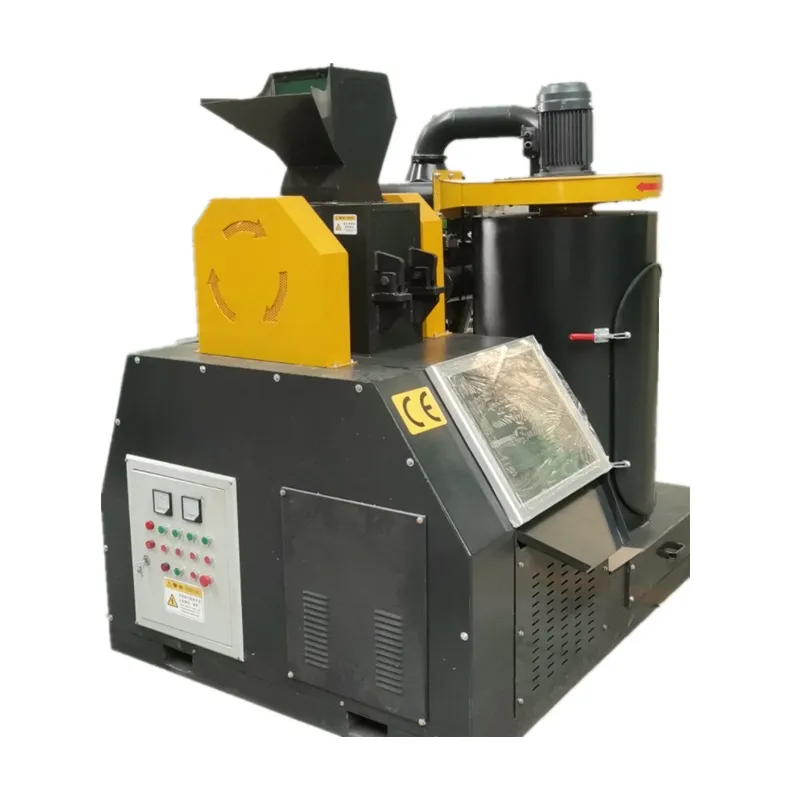Tin can shredders have gained significant momentum in recent years due to the rising focus on environmental conservation and recycling. At the heart of this shift is the relentless effort to manage metal waste responsibly. Too often underestimated, tin can shredders are pivotal in driving sustainable waste management practices.

Understanding the anatomy of these machines reveals their complexity and reliability. A tin can shredder is engineered with heavy-duty sharp blades that cut through metal with precision. These blades are powered by robust motors, rendering the shredders capable of handling a high volume of tin cans, an essential feature for industrial recycling centers. This expertise in design guarantees effective reduction of metal waste size, making further recycling processes efficient.
One of the critical aspects experienced users appreciate about tin can shredders is their adaptability across various operational scales. Whether you're a small-scale recycler or an extensive industrial operation, these machines cater to diverse needs. They come in different sizes and configurations, allowing businesses to choose a model that aligns perfectly with their volume requirements and space constraints. This adaptability also extends to ease of operation and maintenance, with user-friendly interfaces and accessible machine parts ensuring minimal downtime.

Expertise in using tin can shredders significantly impacts recycling efficacy. To fully harness their potential, users must consider the specific density and size of the cans being processed. Experts recommend familiarizing oneself with the machine’s feed rate to avoid overloading, which can cause operational inefficiencies or mechanical issues. This knowledge underpins operational best practices, fostering continuous workflow and reducing the likelihood of machine wear and tear.
tin can shredder
Professionals in the recycling industry testify to the authoritative role that tin can shredders play in advancing sustainable practices.
By reducing the volume of tin cans through shredding, these machines lower the carbon footprint associated with metal waste transport. This authority in environmental management translates into credibility for businesses, appealing to modern consumers who prioritize eco-friendly practices. As organizations strive to fulfill corporate social responsibility mandates, investing in a tin can shredder becomes not only a strategic business decision but also a commendable commitment to environmental stewardship.
The trustworthiness of tin can shredders is underscored by the wide range of certifications and safety standards they meet. Quality models accompany warranties and comprehensive after-sales support, assuring users of their durability and reliability. Brands that manufacture these machines often adhere to international safety regulations, further boosting their trust factor among users. Industry players are encouraged to review customer testimonials and product reviews, which are invaluable in assessing a shredder's performance in real-world settings.
A noteworthy consideration when selecting a tin can shredder is its energy efficiency. Leading models in the market are equipped with energy-saving technologies, which significantly reduce operational costs. This energy-conscious aspect aligns with broader sustainability trends and is a decisive factor for users looking to minimize their ecological impact further.
In conclusion, tin can shredders are not just instrumental tools in the recycling industry but are pivotal elements in the broader quest for sustainable waste management solutions. Their design intricacies, operational expertise, and trustworthiness establish them as indispensable assets to any recycling endeavor. By investing in and effectively using tin can shredders, businesses and individual recyclers contribute positively to environmental conservation, aligning operational success with ecological responsibility.


